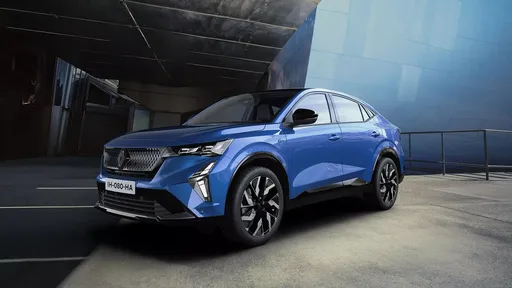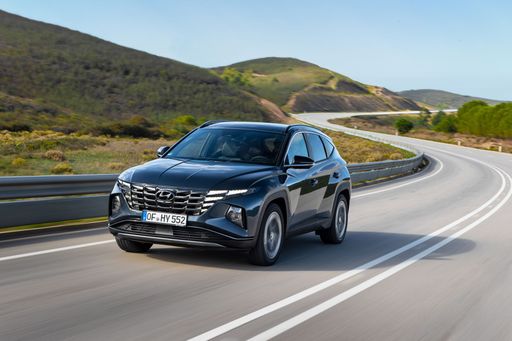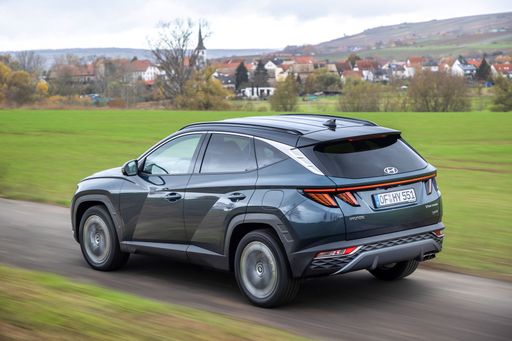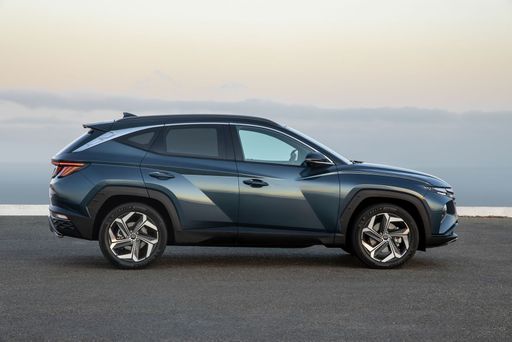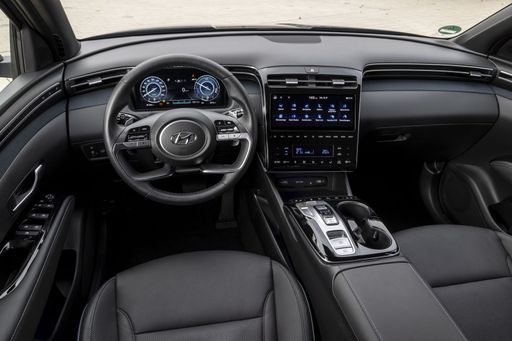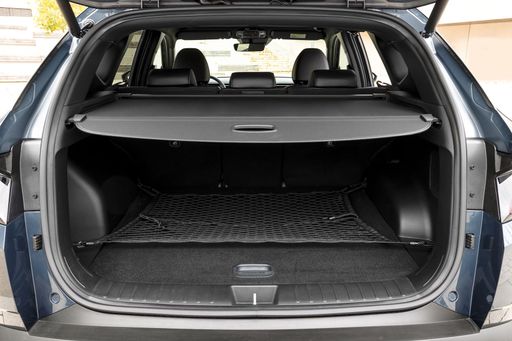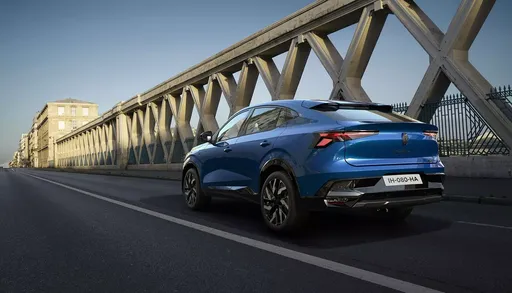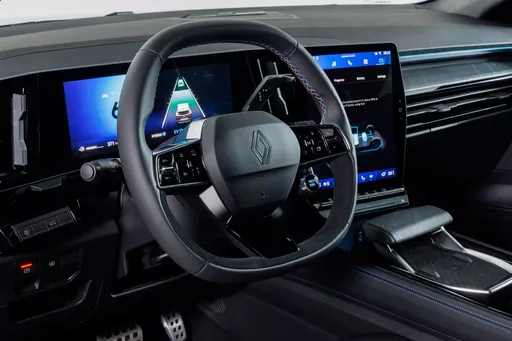Hyundai Tucson vs Renault Rafale: A Detailed Comparison
The automotive landscape is constantly evolving, with manufacturers striving to deliver vehicles that combine performance, efficiency, and advanced technology. Two notable contenders in the SUV segment for 2024 are the Hyundai Tucson and the Renault Rafale. This article dives deep into their specifications, innovations, and how they stack up against each other in key areas.

